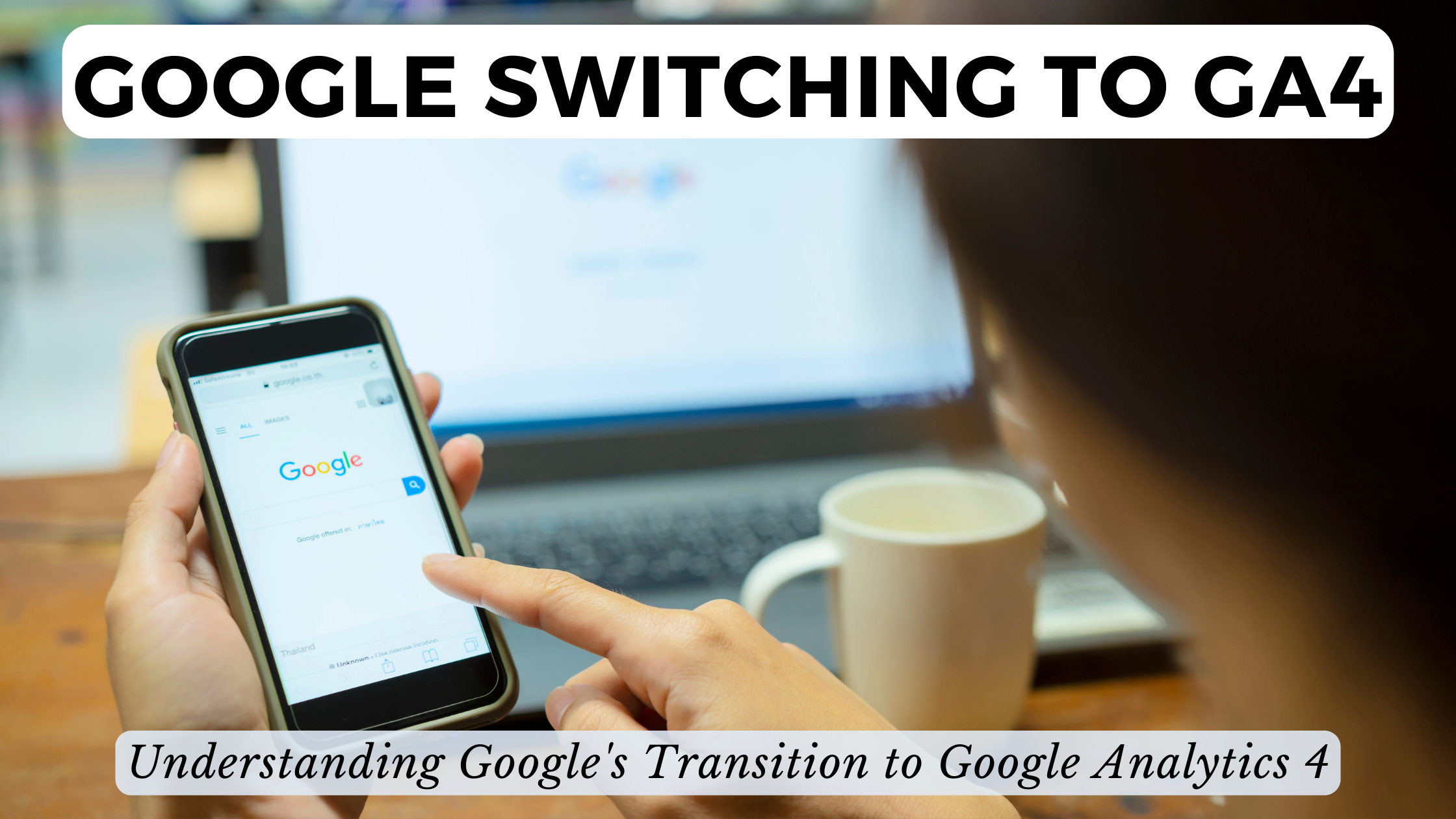Google Switching to GA4: Understanding Google’s Transition to Google Analytics 4
- Data as a Service (DaaS) Software Marketing & Analytics


Google Switching to GA4: Understanding Google’s Transition to Google Analytics 4
Google Analytics has been a cornerstone in understanding user behavior on websites, and the recent shift to Google Analytics 4 (GA4) signals a significant move toward more advanced analytics capabilities. In this comprehensive guide, we delve into the reasons behind Google’s transition to GA4, explore its enhanced features, and provide insights into relevant SaaS products to complement this evolution.
Why is Google Switching to GA4?
1. Future-Proof Analytics:
GA4 is designed to adapt to the evolving digital landscape. With a focus on machine learning and user-centric insights, it positions itself as a future-proof solution catering to the dynamic needs of businesses.
2. Cross-Platform Tracking:
Unlike its predecessor, GA4 excels in cross-platform tracking, offering a unified view of user interactions across websites, mobile apps, and other digital platforms. This is vital in the era of multi-channel digital experiences.
3. Enhanced User-Centric Approach:
GA4 places an emphasis on user-centric analytics, providing a more holistic understanding of user journeys. The incorporation of an event-based model enables tracking specific user interactions, offering deeper insights into user behavior.
4. AI-Driven Insights:
Machine learning capabilities in GA4 empower businesses with automated insights. From predictive metrics to anomaly detection, the AI-driven features offer a more proactive approach to data analysis.
5. Privacy-Centric Features:
GA4 is developed with privacy in mind. As data privacy regulations become more stringent, GA4 aligns with these changes by offering more granular controls over data retention and user consent.
Relevant SaaS Products for Advanced Analytics
1. Mixpanel:
For Event Tracking and Analytics Mixpanel specializes in event-based analytics, aligning with GA4’s focus on user interactions. It provides detailed insights into user behavior, helping businesses refine their strategies.
2. Heap Analytics:
For Behavioral Analytics Heap Analytics enables businesses to track user interactions without manual event setup. Its behavioral analytics capabilities complement GA4’s user-centric approach.
3. Amplitude:
For Product Analytics Amplitude focuses on product analytics, offering insights into user engagement and feature adoption. Its integration can provide a more comprehensive understanding of user journeys.
4. Crazy Egg:
For Heatmaps and User Experience Analytics Crazy Egg’s heatmaps and user experience analytics help businesses visualize user interactions on their websites, providing valuable insights into user behavior.
5. Optimizely:
For Experimentation and A/B Testing Optimizely empowers businesses to experiment with different variations of their digital experiences. Integrating this tool with GA4 enhances the ability to optimize user journeys.
Conclusion: Navigating the Future of Analytics
Google’s move to GA4 signifies a shift toward more sophisticated analytics, and businesses must adapt to stay competitive. By integrating GA4 with complementary SaaS products and leveraging the centralized management offered by Subscribed.FYI, you can navigate the future of analytics with confidence.
As we embrace the transition to GA4 and explore advanced analytics tools, Subscribed.FYI emerges as the ideal platform for managing your analytics SaaS stack. By subscribing to Subscribed.FYI Deals, you gain access to exclusive discounts on these powerful analytics tools, ensuring a cost-effective and well-integrated analytics ecosystem.
Relevant Links:





